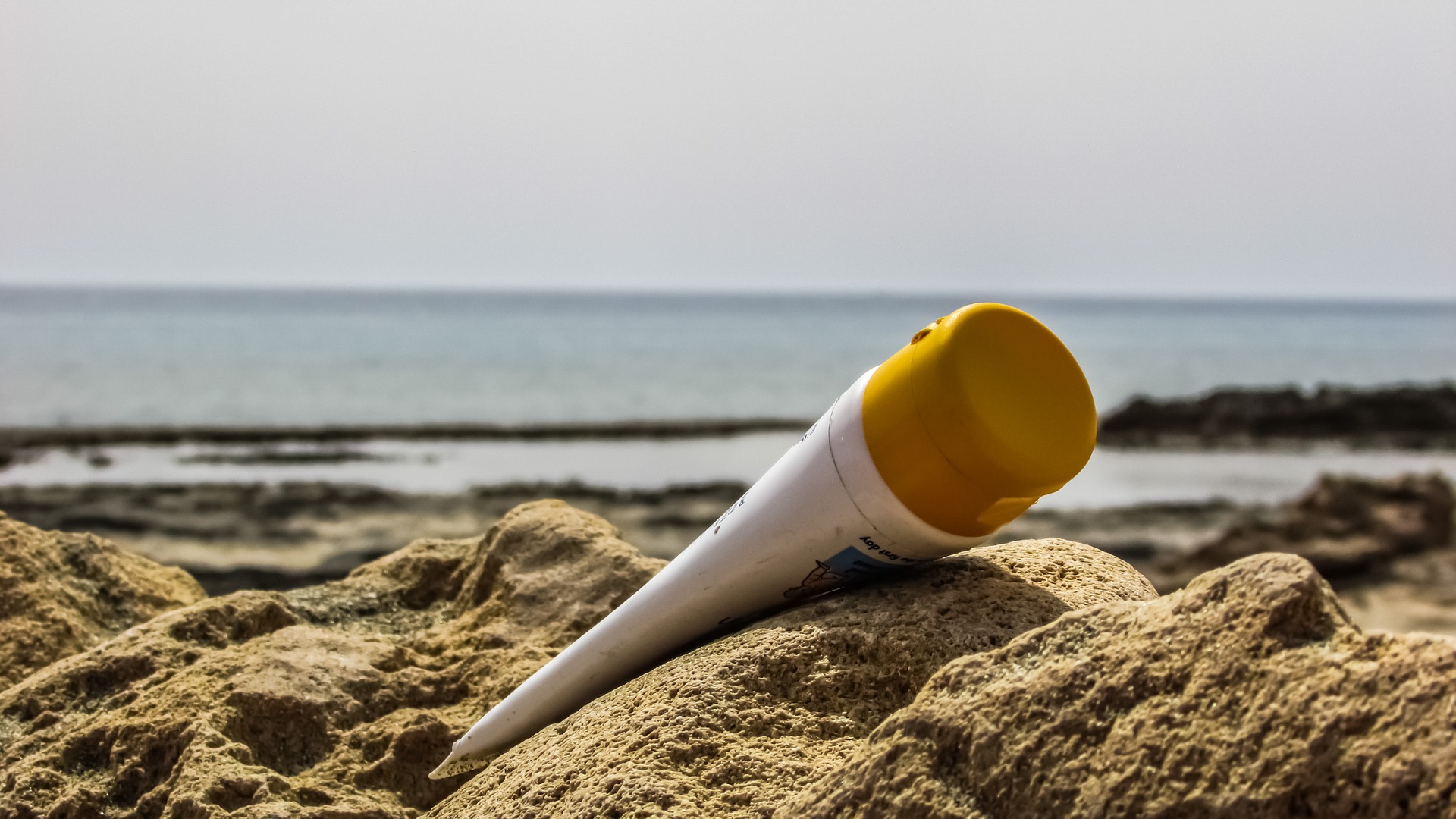Summer is approaching and for many of us, that means lots of time outdoors. Catching some sunshine is healthy, but it’s very easy to stay out too long and end up with burns. What’s going on exactly when this happens? How do you avoid it?
The process
Human skin contains melanin, which is produced by cells called “melanocytes.” The more melanin you have, the darker your skin. When skin is exposed to sunlight, these cells sense possible danger and send out extra melanin to other cells to protect them. This is what causes skin darkening or a tan. However, the UV light from the sun is very powerful, and melanin can only do so much. If the cells are overwhelmed, the DNA itself gets damaged. Cells with damaged DNA actually kill themselves, which the body notices. In response, it sends blood to the area to help with healing, causing inflammation. That’s why areas that got too exposed to sun will turn red and feel hot. If the sunburn was bad enough, there’s actually thermal damage going on, like if you received a second-degree burn. The skin will blister.
What causes peeling? Those are dead cells. The body worries that the cell has received too much radiation, which will cause cell mutation, so the cells will sacrifice themselves. When areas that have been sunburned peel off, you’re seeing the cells dying.
Consequences of sunburn
Sunburns are not fun. At the very least, you’ll experience a pinkening or reddening of the skin. It will feel warm or even hot. As the skin continues to burn, you’ll feel pain, tenderness, itchiness, and swelling. If the sunburn is especially bad, you’ll see those blisters filled with fluid, which may break, and if you’re not careful, those can get infected. Really bad sunburns can also cause headaches, nausea, and fever.
If you keep getting sunburns, your skin will age prematurely. You’ll see more wrinkles, freckles, and dark spots. The worst case scenario is skin cancer. According to the Skin Cancer Foundation, it only takes five or more sunburns to double your chances of developing melanoma, the most severe form of skin cancer.

Use water-resistant sunscreen especially if you’re going swimming or doing an activity where you sweat.
Protecting yourself
Making sure you don’t get sunburned is very important. Every time you go outside during the day, even if it’s overcast or wintertime, be sure to take precautions such as:
- Wearing a hat and clothing that covers your arms and legs.
- Applying lots of sunscreen 15-30 minutes before going outside.
- Using sunscreen with a 30+ SPF. Water-resistant sunscreen is best, especially if you’re going swimming or doing an activity where you sweat.
- Using chapstick with SPF protection.
- Reapply sunscreen every 40-80 minutes.
- Avoid going outside when the sun is strongest, which is between 10 in the morning to 2 in the afternoon.
- Hang out in areas with shade.
Sunburn recovery
If you do get sunburned, taking good care of yourself can help the healing process. Here’s what to do:
- If your skin hurts, take cool showers or paths.
- Apply moisturizer with aloe vera, or just pure aloe vera.
- If the pain persists, take a pain medication.
- Stay hydrated, since sunburns can cause dehydration.
- If you get blisters, leave them alone.
- Cover up the sunburns with clothing if you’re going out, so they don’t get further damaged.
————
What sunscreen SPF should you get? Turns out those sunscreens with really high SPFs might not do all that much.




